15 laundry tips to help make this endless task that little bit easier, more effective and dare we say it – enjoyable
Cleaning and laundry professionals share their industry knowledge to help you get the most from your washing and drying routine


- 1. Read care labels
- 2. Avoid expensive items in top loaders
- 3. Monitor water hardness
- 4. Avoid temperature extremes
- 5. Avoid overly scented products
- 6. Add essential oils to dryer
- 7. Ditch multiple detergents
- 8. Use enough water
- 9. Use the ‘rule of 3’
- 10. Use mesh bags
- 11. Hand wash
- 12. Use Borax instead of bleach
- 13. When to ditch softener
- 14. Whent to use softener
- 15. Add extra item to correct spin
Doing laundry is easier than ever these days. With high-tech washing machines and effective laundry detergents, it can seem like getting your clothes perfectly clean should be completely effortless.
And yet, even with the most modern appliances and products, having smart laundry tips under your belt Which is why we’ve asked laundry professionals to give their top laundry tips, including laundering techniques, favorite product recommendations, and some myth-busting wisdom sprinkled in to ease these endless household chore.
Cleaning tips and insider knowledge on how to do laundry best will help you turbocharge your washing and make life easier, not more complicated.
15 laundry tips to help you do your laundry like a pro
1. Read care instructions, always
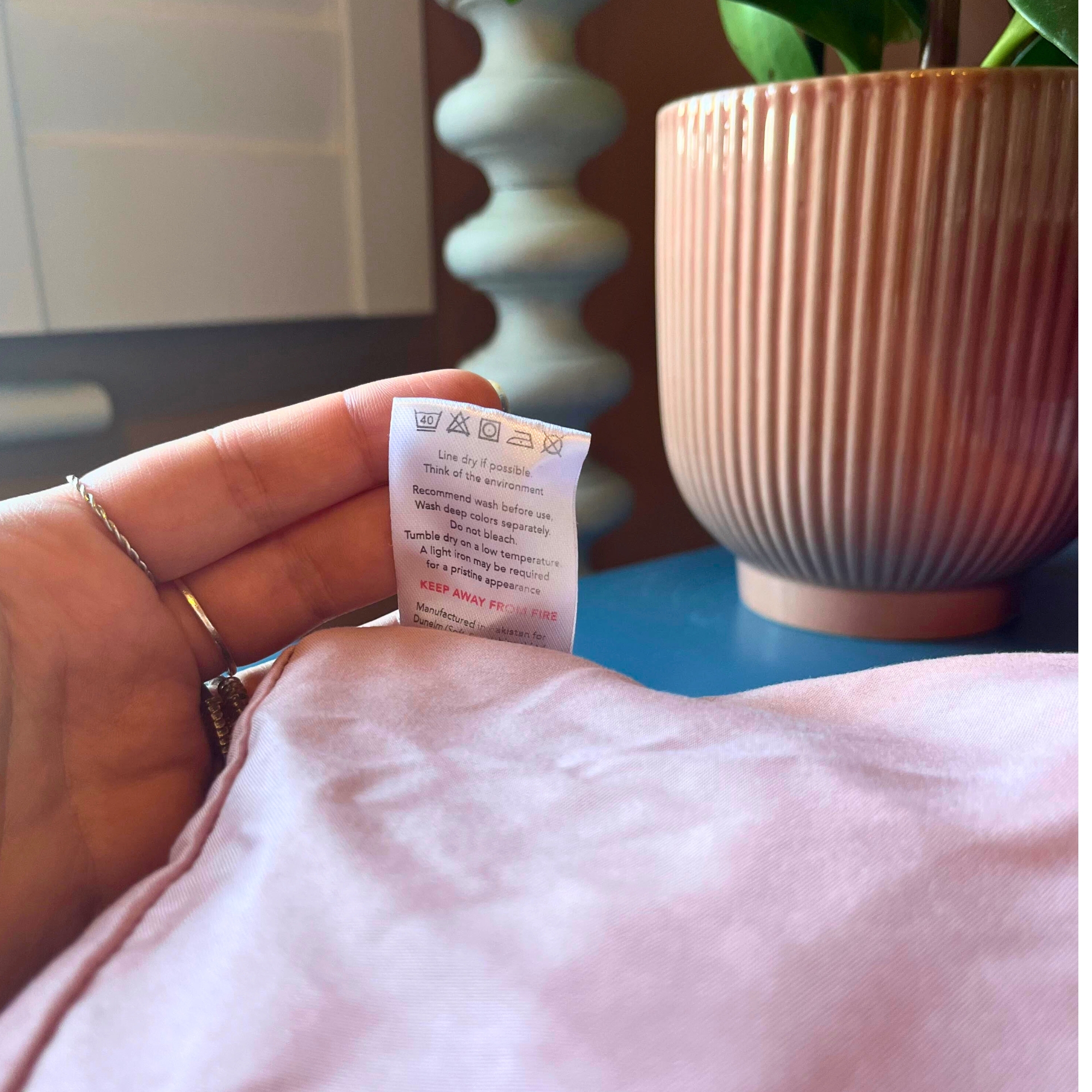
This may seem obvious, but these days, there are so many different fabric blends on the market that you may not realize that your new yoga pants or sweater will shrink if you wash it on hot or tumble dry it until it’s too late.
So, even if you’ve washed similar items in the past, always read the label before you just toss it in the wash.
Punteha van Terheyden, head of solved at Homes & Gardens says, 'If like me you have a child (or another member of your household) who has what can only be described as an extreme aversion to labels touching their skin, and therefore you have to cut them off immediately after purchasing, remember to take a good look before discarding.'
You can also keep a note of any unusual or unexpected care instructions for particular items so you don't end up ruining them by accident because the label isn't there anymore.
Design expertise in your inbox – from inspiring decorating ideas and beautiful celebrity homes to practical gardening advice and shopping round-ups.

Punteha has a trick to remember care instructions without care labels. 'I have a clothing stamp like this to mark special instructions on delicates. It's saved me from shrinking my daughter's clothes by mistakes.' Punteha confirms the smooth labels you stamp onto do not create skin irritation in her experience.
2. Avoid laundering expensive items in top loading washers.
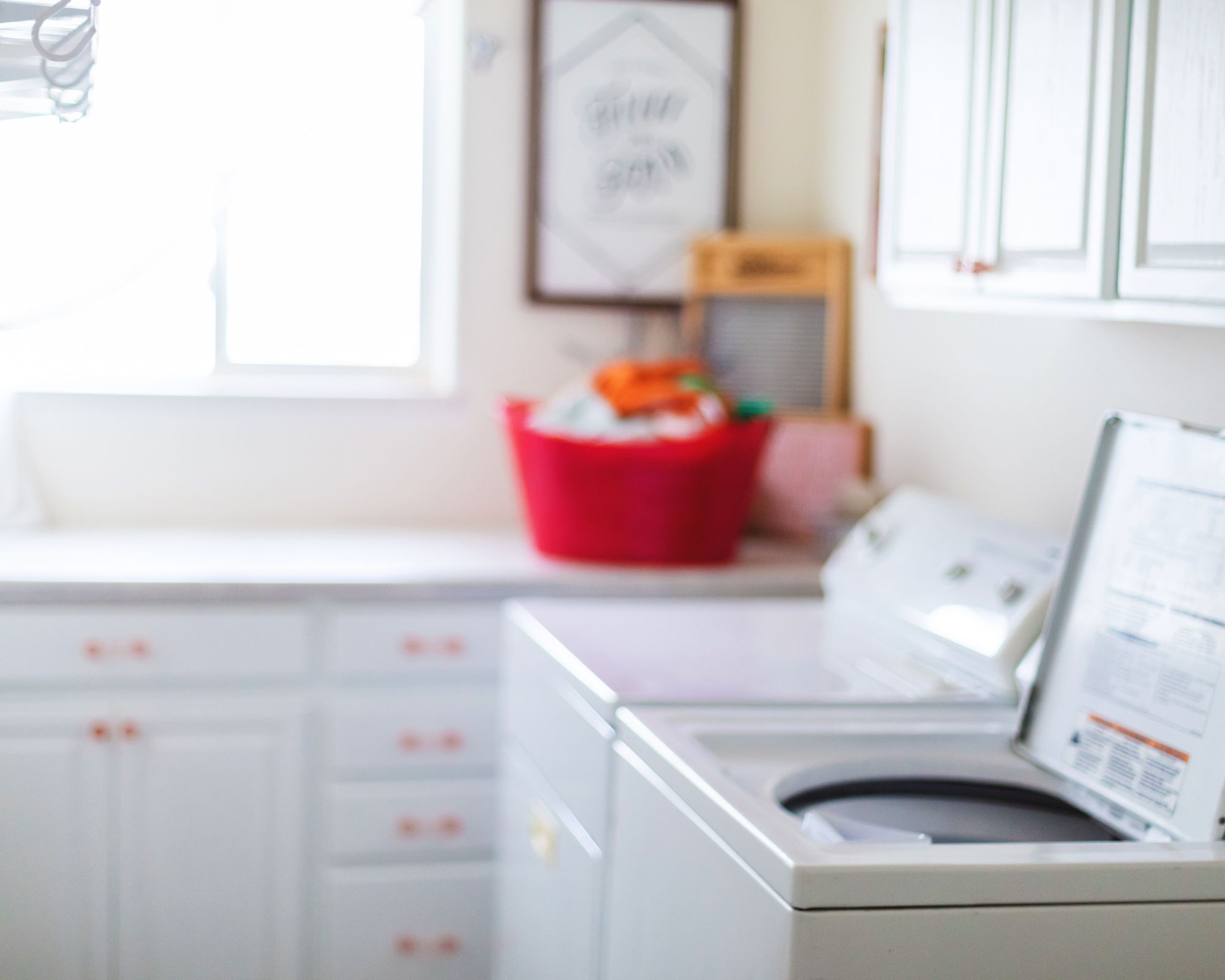
Yours truly is guilty of ruining a couple of very nice items by trying to launder them in an old, top loader washer. Taylor Sutherland, President at Charlie’s Soap, confirms, ‘I don't want anybody trying to wash a $200 blazer in a top loader!’ Get it professionally cleaned instead.
And, consider getting a front-loading washing machine.
3. Watch your water hardness
Clothes not getting clean or there’s a residue or detergent stains? Taylor recommends getting your water tested for hardness as ‘hard water tends to turn detergents off.’
Depending on how bad the problem is, you may benefit from fixing the hard water with a water softener in your home.
You can also easily test your water hardness yourself with Varify test strips available at Amazon.
4. Avoid temperature extremes
This will be controversial for those who prefer cold water cycles for their environmental benefits, but as a laundry pro, Taylor doesn’t support washing in cold water – or really hot water, for that matter.
Taylor says, ‘In those extremes, detergents don't work too well and you end up relying on perfumes and other cover-ups to mask dirt and odors.’
Most things will get clean on warm water cycles. Learn which items to never put in a hot wash, and whether you should wash your clothes in cold water.
Using your pre-rinse cycle will allow tough stains to loosen up and make cleaning in cold water easier.
5. Avoid products that are overly scented or claim to ‘block’ odors
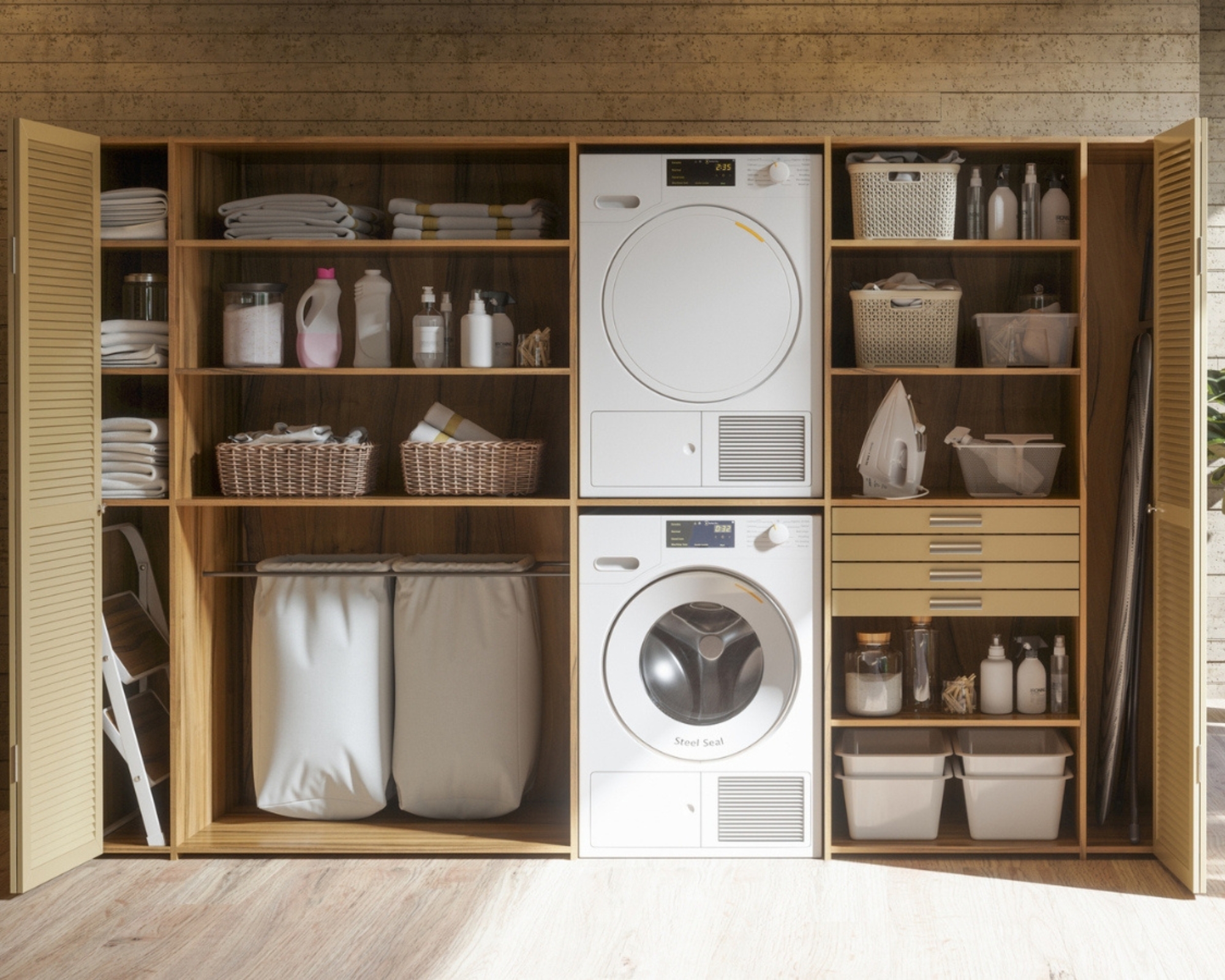
While no one likes musty or sour-smelling clothes, your detergent should leave your clothes clean and fresh without any scent and without any special claims about ‘odor-blocking-technologies’.
Taylor explains, ‘Your detergent should be focused on doing one thing and doing it well: clean effectively and rinse away. If your product is leaving behind a scent, then it's likely the dirt is still there,’
Clothes that aren’t properly cleaned could harbor bacteria and make you itchy or even sick. Vinegar and baking soda are both a great way to naturally deodorize stubborn clothing smells. Mix a cup of each in cold water and submerge your items for 30 minutes before washing as normal. Do not use warm or hot water as this can encourage bacterial growth.
You can also add vinegar to laundry to make laundry easier.

No matter how great your washing machine is, small delicate items like underwear, lace and hosiery can still get damaged by getting tangled with fittings on your other items or from being bashed around inside the drum. Mesh bags help keep smaller items together and reduce friction with larger items. I also like using the larger sized mesh bag for washing silk pajamas.
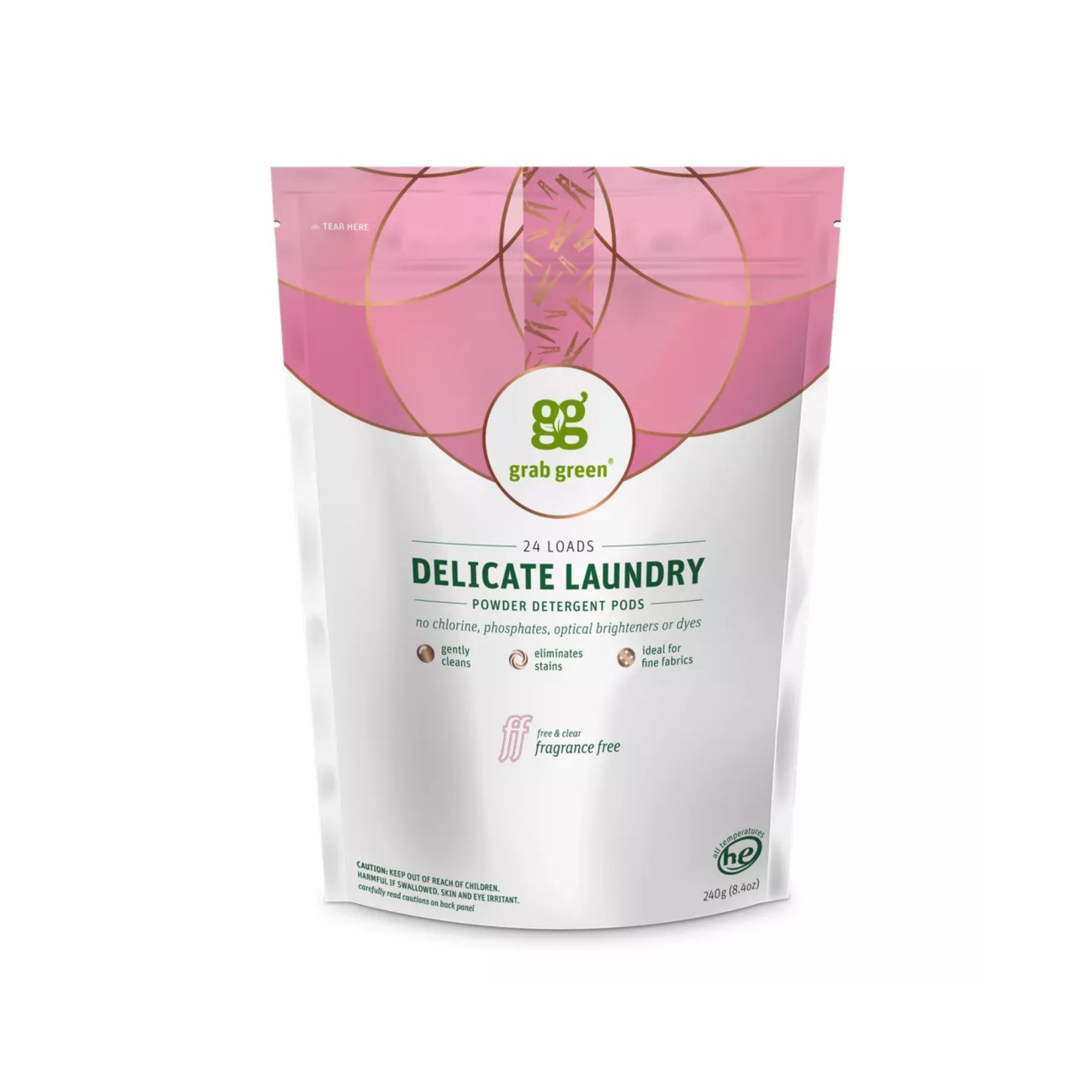
These laundry pods from Grab Green are an amazing product for delicates and succeed where other pods fail. They are meticulously formulated with delicate fabrics in mind and contain powder, not liquid detergent. They work in all washing machines, but I love them for hand-washing. Simply dissolve a pod under running water and wash your item before rinsing and air drying.

To press my point about not needing a ton of products, humble Borax, a salt with oxygen molecules in its structure, can clean, brighten and deodorize without being harsh on fabrics. It even softens the water in your washer and can be used to brighten toilets.
6. Like scent? Add essential oil to your drying cycle

If you love clothes that smell nice, our experts say can skip nice-smelling dryer sheets and instead put a few drops of your favorite essential oil on a wet face cloth and toss it in the dryer with the load you're drying.
If you don't have a dryer, learn about why our writer loved the Joseph Joseph indoor airer perfect for tiny homes, including its ability to hide in plain sight. A heated airer can revolutionize your laundry routine too.

This discreet indoor airer is sturdy and looks great, with 45 feet of drying capacity. When not in use, fold flat. H&G writer Ottilie Blackhall rate it 9/10 ease of use, aesthetics and quality feel.
7. Don’t get hung up on different types of detergent
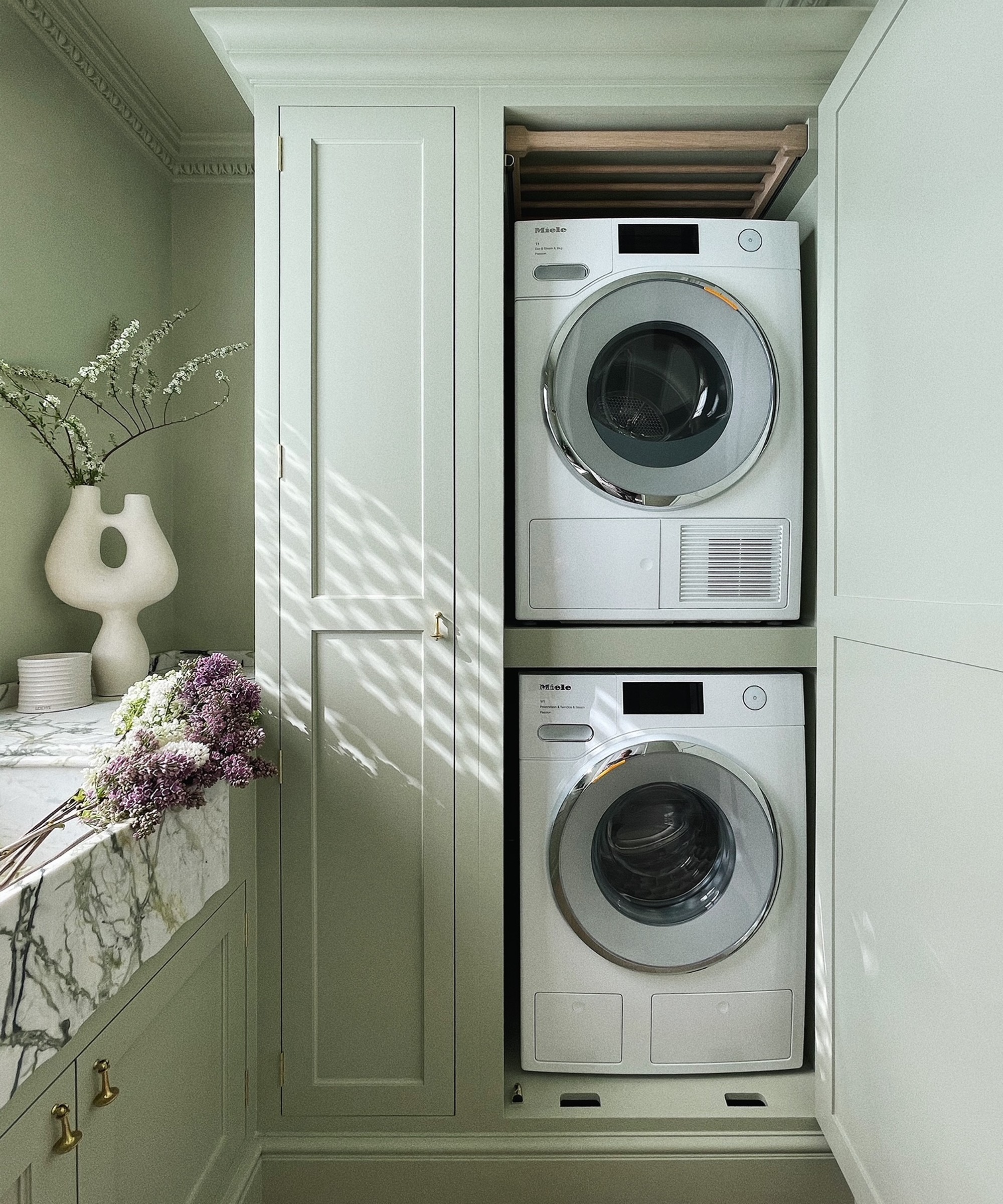
Whichever detergent you pick up, it’ll claim to do the job better than the rest. In reality, it doesn’t much matter if you use powder or liquid detergent or pods.
'Most of them all perform the same as their counterparts, so it really comes down to personal preference,’ concludes Taylor.
Though, it has been noted by our experts you can stick make laundry pod mistakes that compromise their ability to perform.
If you feel guilty about letting go of excess stock, there are plenty of handy alternative uses for laundry detergent around the home.
8. Make sure there’s enough water in the drum for your wash load

One of the top reasons clothes don’t get fully clean or come out with detergent stains is doing laundry on a low-water cycle.
Though it is better for the environment to be economical with water, a lack of the required movement of water through clothes to push out dirt and stains means clothes can sometimes come out without fully being cleaned, and lead to an extra load of laundry and detergent use, which is not good for the planet.
Taylor says, ‘It's best if clothes are pushed under and through water as that helps carry stains away. Wet clothes slapping each other doesn't cut it.’
9. Use the ‘rule of 3’ for towel care
This great tip comes courtesy of Tanu Grewal, Chief Cleaning Officer at Pinalen, Cloralen and Ensueno Laundry. It’s the three essential steps for washing towels, and each involves the number three:
- Three uses should be the maximum before you throw your towels in the wash.
- When you do wash them, Tanu recommends, ‘no more than three towels at a time.’
- Be sure to dry towels right after washing as ‘bacteria can start breeding within three hours or less, so don’t delay on moving them over to the dryer or hanging back up on the rack.’
10. Use mesh bags for delicates
If you only buy one item after reading this article, make it a mesh bag for washing your delicates. Ocean Van, Owner at Long Beach-based Coco Laundry, confesses that he has seen ‘many expensive undergarments and lingerie damaged and tangled in washers and dryers.’ A mesh laundry bag is an easy solution to this problem: it ‘acts as a protective barrier, reducing the risk of snags and preserving the quality of your items.’
11. Save on dry cleaning costs by hand washing
Did you know that many items labeled ‘dry clean only’ can safely be washed by hand? Ocean Van confirms that ‘Wool, silk, and linen are often more resilient than people assume. The key is to use lukewarm water and a gentle detergent, avoiding any harsh wringing motions that could distort the fabric.’
Learn how to wash velvet at home without damaging it.
12. Use Borax instead of bleach

While bleach reliably whitens clothes, ‘it can be harsh on fabrics and skin’, Ocean explains. Instead, try borax, ‘a natural laundry booster that enhances detergent efficacy while gently lifting stains and whitening fabrics.’
Borax works by softening the water, which helps detergents dissolve better and clean more effectively.
13. Ditch fabric softener on moisture wicking or waterproof items

Fabric softener can wreak havoc on the moisture-wicking properties of fabrics, especially when it comes to washing microfiber cloths, household towels and anything waterproof such as your best mattress protectors.
Ocean goes as far as to say that ‘The common belief that fabric softeners and dryer sheets are essential for soft, static-free clothes is actually a myth.’
What to use instead? Good old white vinegar and wool dryer balls.
14. Use fabric softener for over-sudsing mishaps
However, there is one situation for which fabric softener is very useful: that annoying mishap where you put in too much detergent and your washing machine is over-sudsing.
Don’t panic. Instead, ‘Add fabric softener and a half-gallon of water into the detergent tray. Run one wash cycle,’ advises Tyler Kungl, Head of Business Unit Laundry at BSH Region North America.
This tips will only work if your washer hasn't locked itself. If it has, you will need to disconnect it and remove the suds manually.
15. Washer not spinning correctly? Add in an extra item
That annoying problem when your washer either refuses to spin or spins a little, but leaves your clothes soaking wet indicates an unbalanced load. The easiest solution is to add a couple more items of varying weights and run another quick cycle. The machine should now spin.
This tip is especially useful when washing a comforter or other bedding. Bulky items often create an unbalanced load when washed separately so try adding a few sweaters or t-shirts to balance it out.
That's it: you're ready to tackle pretty much any type of laundry load and know some of the common laundry mistakes to avoid.
In most cases, simplicity is key: avoid too many fancy products, protect delicates, and don't neglect your warm water cycle.
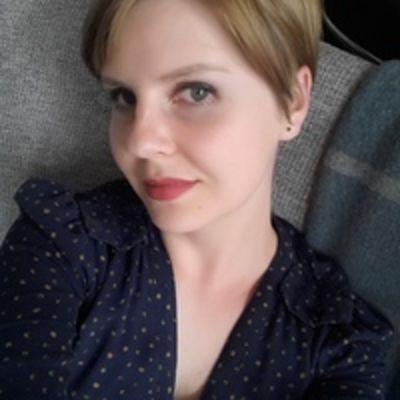
Anna is a professional writer and academic. She taught English Literature for several years before joining Future where she wrote for Real Homes, Homes & Gardens and Livingetc for four years. She is a regular contributor for Parade Home, BiggerPockets, and many other publications. In her spare time, Anna enjoys hiking and gardening.